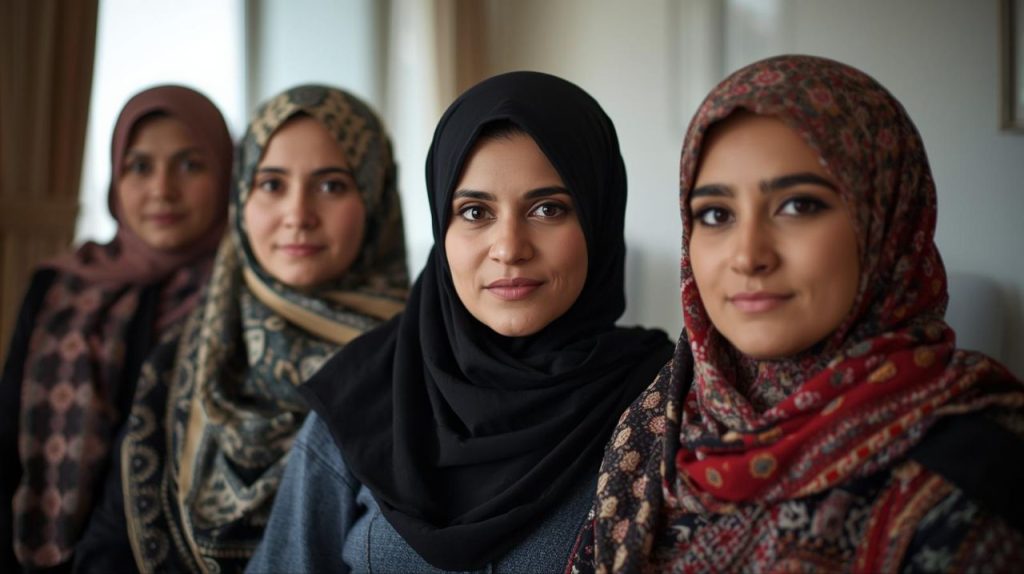In Helmand province, southern Afghanistan, Shia and Sunni communities coexist harmoniously, setting an example of interfaith unity in a region often marked by sectarian tensions.
A Unique Example of Religious Harmony
Helmand, Afghanistan’s largest province by area, is home to a diverse population, including a significant Shia community. Despite the challenges faced by women in Afghanistan, Shia women in Helmand experience a level of religious tolerance and freedom not commonly found elsewhere in the country.
Challenges Faced by Women in Helmand
Ameneh Rezaei, a Shia social activist from Helmand, highlights the specific issues faced by women, particularly Shia women, in the region. She notes that the reduction in medical aid and the ongoing economic crisis have exacerbated the challenges for women. Rezaei emphasizes that the current situation is difficult for all women and girls in Afghanistan, including Shia women in Helmand. She also points out that the restrictions imposed by the Taliban have intensified these challenges.
A Model of Religious Tolerance
Rezaei underscores that Helmand is unique in Afghanistan for its lack of sectarian conflict between Shia and Sunni communities. This harmony extends to government offices, local institutions, and international organizations operating in the province. Women and girls in Helmand enjoy a degree of freedom to leave their homes, provided they adhere to Islamic dress codes. They are able to visit markets for shopping and trade.
Women’s Participation in Public Life
Rezaei, who works in a social office, shares that she attends her workplace without a male guardian. Notably, the office maintains separate sections for men and women, allowing her to work independently. This arrangement reflects the province’s commitment to accommodating women’s participation in public life while respecting cultural and religious norms.
Demographic Insights
According to Mohammad Danesh, the secretary of the Shia Social Council of Helmand, Shia Muslims constitute approximately 20% of the province’s population. This demographic includes Hazara, Sayyid, Baluch, Bayat, and some Barakzai and Noorzai ethnic groups, many of whom speak Pashto as their mother tongue. These communities reside in districts such as Nawa, Lashkargah, Nawa, and Garmser.
In conclusion, Helmand province exemplifies a rare model of Shia-Sunni unity in Afghanistan, where communities live together peacefully, share public spaces, and support each other’s rights and freedoms. This coexistence stands as a testament to the possibility of interfaith harmony in a region often divided by sectarian lines.
From: ABNA


